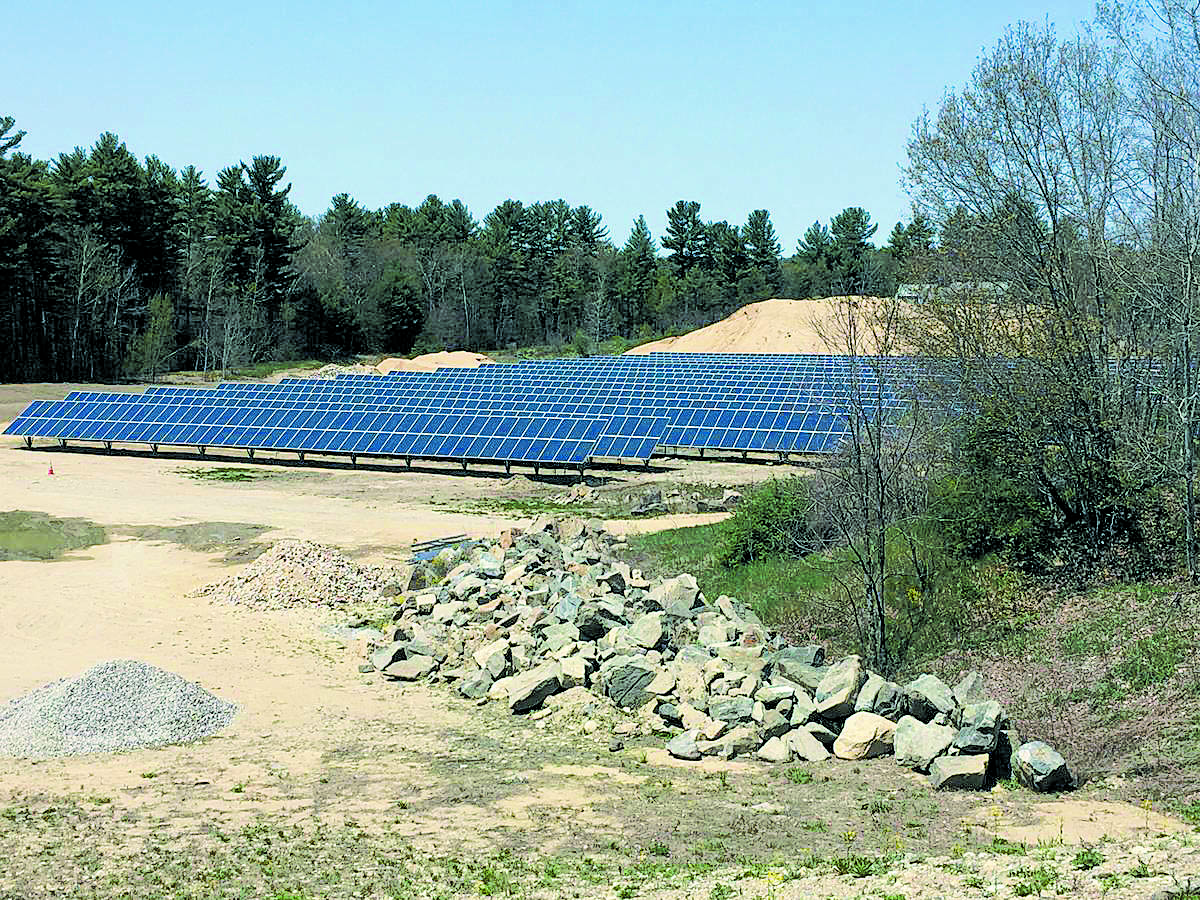By George Harvey
Most of the states in the Northeast are struggling with net-metering, and especially caps limiting the amounts of power utilities must buy under the plans. Maine has failed on net-metering legislation. New Hampshire raised its cap, but the fix is clearly only temporary. Massachusetts also raised its cap, allowing a backlog of applications to be processed, but the new limit was reached within two weeks. The Vermont legislature is struggling with increasingly confusing attempts to set new standards. Only in New York do we see a state in the Northeast that looks serious about increasing its renewable capacity.
Net-metering caps are specifically designed to limit growth of renewable power. The main reason for them is the idea that net-metering is somehow unfair to general consumers or utilities. It is clear to us at Green Energy Times that net-metering can be made fair for everyone without any cap at all.
Net-metering means that “prosumers,” who both produce and consume power, can “bank” their excess production by supplying it to the grid, for use at a later time, when need arises. This should actually reduce costs for utilities and bills for everyone if the system is correctly designed.
Many states mandate prices paid to prosumers for excess power that are above retail, to encourage adoption of renewable energy. In other states, net-metered power earns a rate below retail. What is fair is a matter of debate. Properly managed, small net-metered power generators can reduce transmission costs, increase grid stability, increase grid security, and reduce demands for water. These are services for which they should be fairly paid.
We have many potential sources for renewable power, and all can be net-metered when the systems are small.
-
Hydro-power can be installed at existing dams that have no generating facility. Vermont, for example, could get 400 megawatts of new capacity at dams that have been already been built for purposes other than generating power. Assuming the dams run at about 66.7% of the time at capacity, this is about 40% of the state’s current needs. Other states in the Northeast have similar profiles.
-
There is far more potential for rooftop solar power than earlier estimates said. Six of the seven states with the greatest potential for rooftop solar, as percentages of their demands, are in New England, according to the Department of Energy.
-
Solar power in urban settings includes putting solar panels over parking lots and sidewalks, floating solar farms at reservoirs, and installations on abandoned landfills and brownfields.
-
While burning wood in old-fashioned stoves is very polluting, modern equipment can be very clean, and wood-gas from gasification burns as cleanly as natural gas, without fracking.
-
We can use biodigesters to reduce agricultural waste, municipal waste, and other food waste, producing compost and biogas to generate electricity. One municipal waste facility serving 100,000 people in Kenosha, Wisconsin, produces more energy than it consumes, turns all incoming waste into products that can be sold or by-products that can be released safely, and runs at a profit.
-
We have a large potential for wind power in the Northeast, particularly the coastal states. It is also a viable alternative for home use; Pika Energy sells a home-scale wind turbine, the T701, that is so quiet the EPA had trouble measuring its sound because of noise from the wind blowing through a nearby field of grain.

Revision Energy of Exeter, NH is currently installing this 640-kilowatt solar array, the second largest in New Hampshire, with 2,100 solar modules. It is located at the former gravel pit site owned by the Town of Durham in Lee, NH. Photo courtesy of Revision Energy.
While batteries and other storage can be helpful, the real trick to balancing renewable power is partly through “smart” grid management and partly through diversification of resources. Smart grids can manage both production and loads, keeping them in balance and providing more reliable power than we have had before. Diversification means using some of every available renewable resource.
Net-metering can be achieved in ways that are revenue neutral for the utilities, on a smart grid. One way to do this is to credit and charge prosumers rates that relate to the current spot wholesale price for electricity. Prosumers typically produce power during peak demand times, when the sun is shining, and draw it when demand is lowest, at night; they act to stabilize the grid, reducing rates for all of us.
A net-metering cap is not necessary. Grid demand should be met with renewable power for reasons that are only partly environmental. Renewable power is less expensive, more stable, more resilient, and more sustainable.









The photo shown with the Pika Turbine in front of the mountain is not near Rutland Vermont. It was taken on a hillside in the middle of Whidbey Island in Washington State. The mountain is Mt Baker, part of the Cascade Mountain Chain. I know because I took the photo.
Hi Brian, I am not sure how this got by us. Clearly, that is not a mountain in Vermont, and we should have seen that. As you may see, I changed the caption. I could only use the information you provided, so if you want the credit to read differently, please let me know.
Hi George,
The Pika Turbine is still working great. It’s a shame that Pika stopped production of the T701. Maybe they will sell the design to another company for future production. The caption on the photo is great. Just thought I’d let you know were it came from.
All the Best,
Brian